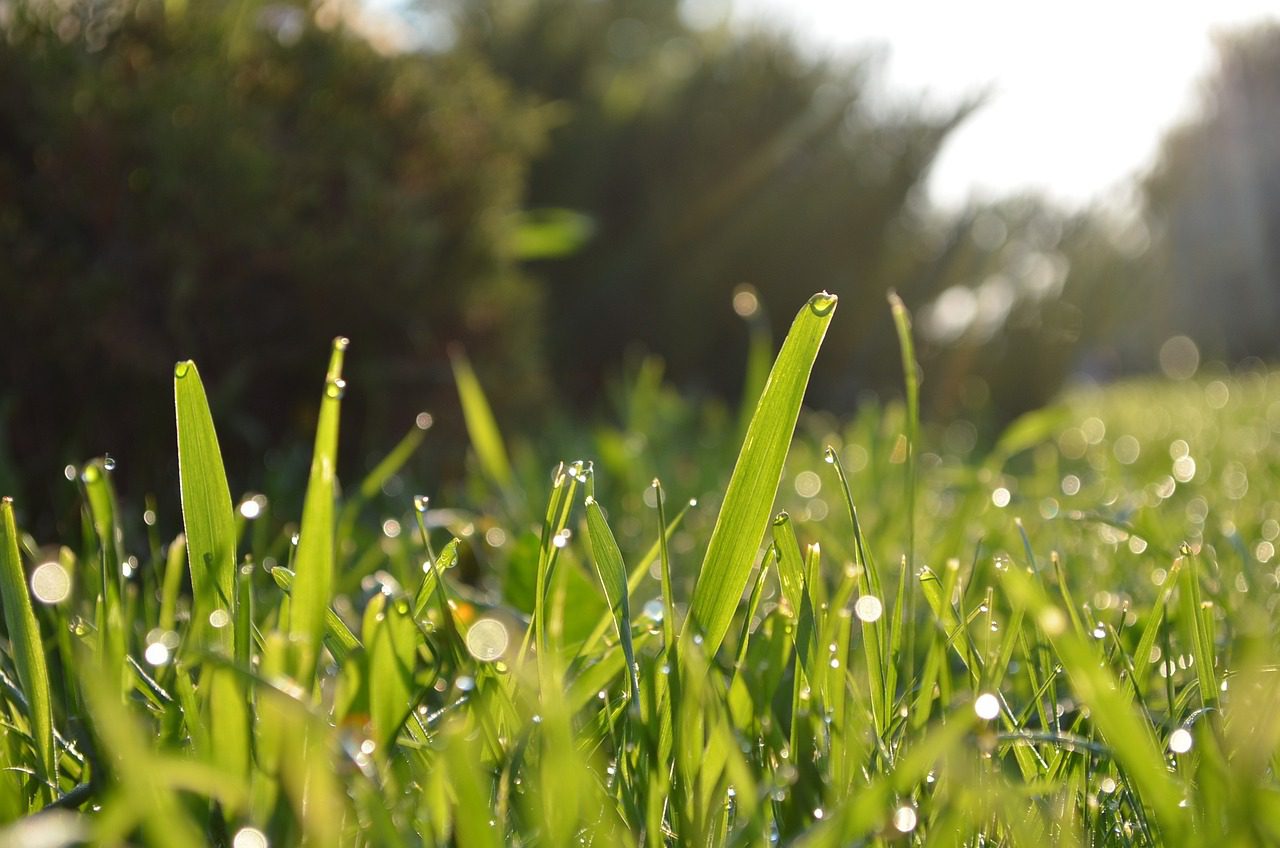See the basic two causes of brown turfgrass in Florida and how fertilizer can help or hurt the situation.
Florida turfgrass has a propensity for turning “yellow or get chlorotic, and in some cases continues to a straw or brown,” according to a UF/IFAS blog. The blog discusses the two main reasons for brown turfgrass, and how fertilizers can impact the grass. See the details below.
Brown Turfgrass Causes
The blog shares these two main causes of brown turfgrass, and fertilizer’s role:
1. Biology. “The first reason is due to natural physiological processes which can be compared to human circadian rhythms. Our physical, mental and behavior changes respond to light and dark which some refer to as our biological clocks. The same is true of plants including turfgrass. In the fall when the daylight hours shorten (less sunlight) and the temperatures drop, especially at night, plants naturally slow growth and transfer energy reserves to roots to promote healthy growth when the daylight hours lengthen, and temperatures increase in the spring.
Fluctuations in light and temperature influence photosynthesis and soil temperature, which in turn influences turfgrass root growth and the ability of plants to uptake nutrients. The shorter day lengths and cooler nighttime temperatures of winter months are a signal to warm season turfgrass that conditions are different from the warm summer season growth period.”
Fertilizer’s Role: “The less dense and shorter root system in the cooler months cannot uptake nutrients as readily, and as a result, nutrients applied during winter months may leach into groundwater or run off with irrigation or rain. Additionally, the roots are not able to support lush shoot growth and turfgrass may deteriorate over time…Warm season turfgrass should not be fertilized from mid-November through mid-March in central Florida…Fertilizer applications during the cooler months, which promote lush green grass in the winter months, increase susceptibility to disease and insect issues, and contribute to decreased water quality.”
2. Disease, Insect and Weed Pressures. “Stressed turfgrass is more susceptible to disease, insect and weed pressures. Conditions that can promote stress include too much water (irrigation or rain), too little water (drought or malfunctioning irrigation system)… pesticide applications, improper mowing practices, lack of sunlight (too much shade), and extreme weather conditions. Over irrigation and over fertilization are the two main contributors to turfgrass disease, insect and weed problems.”
Fertilizer’s Role: The blog maintains that “too much or too little fertilization, wrong timing of fertilization, [or] improper fertilizer” are part of the conditions that promote stress.
The blog advises turfgrass managers “So, if the turfgrass is turning brown, contact your local UF/IFAS Extension office for assistance and recommendations on proper management.”

